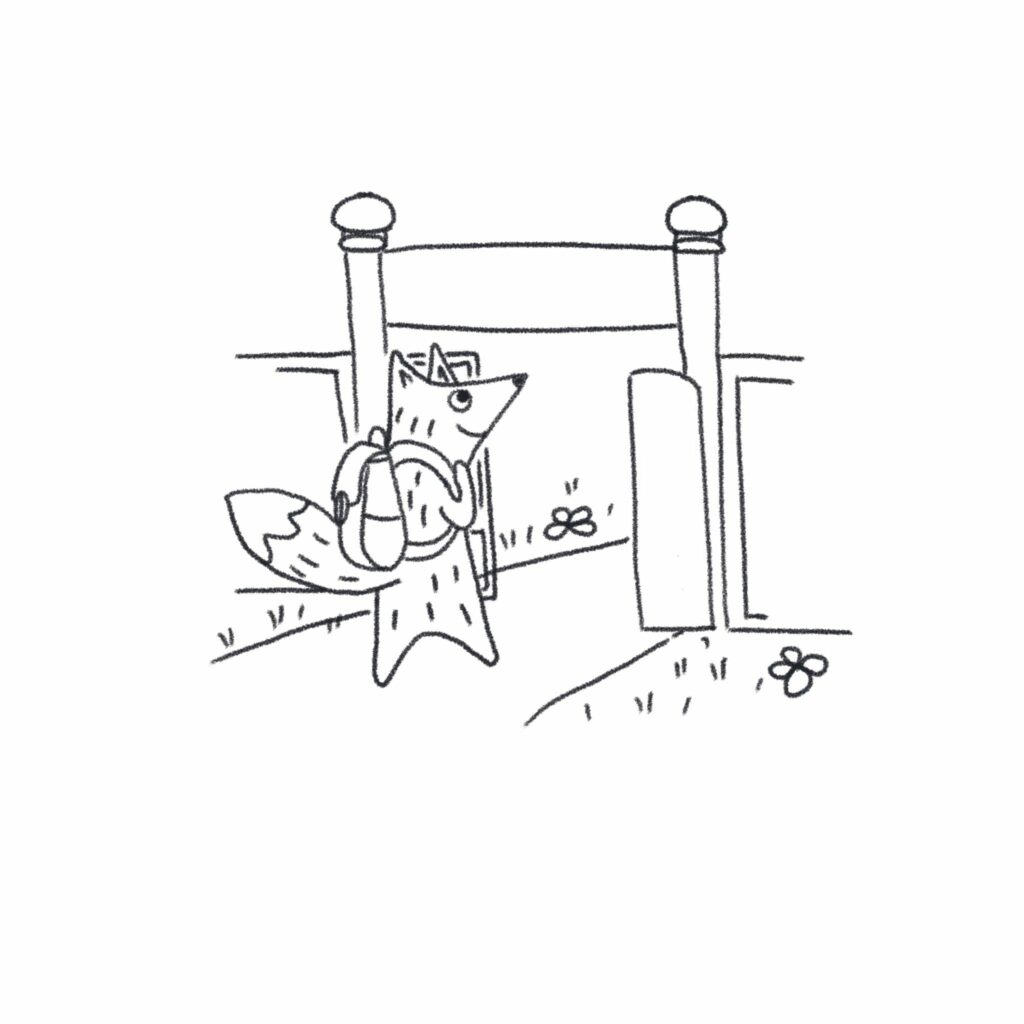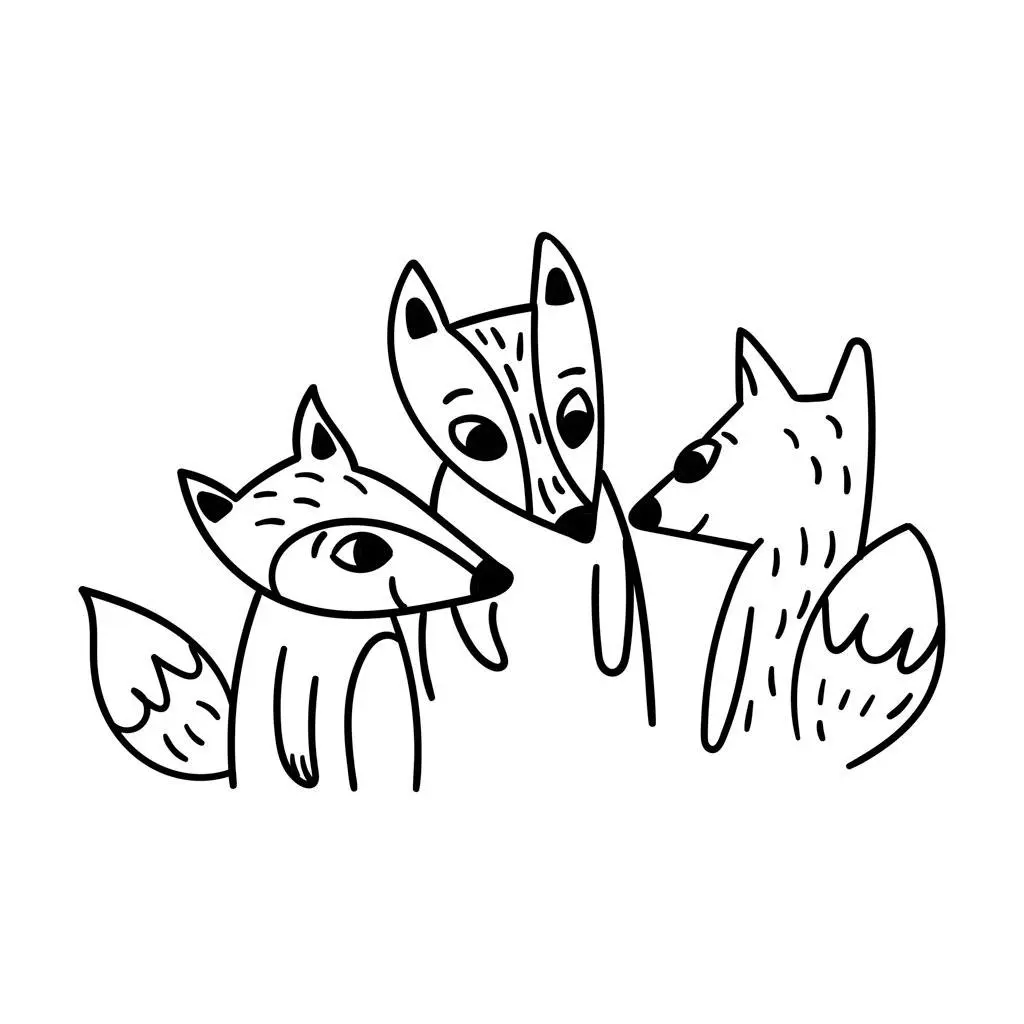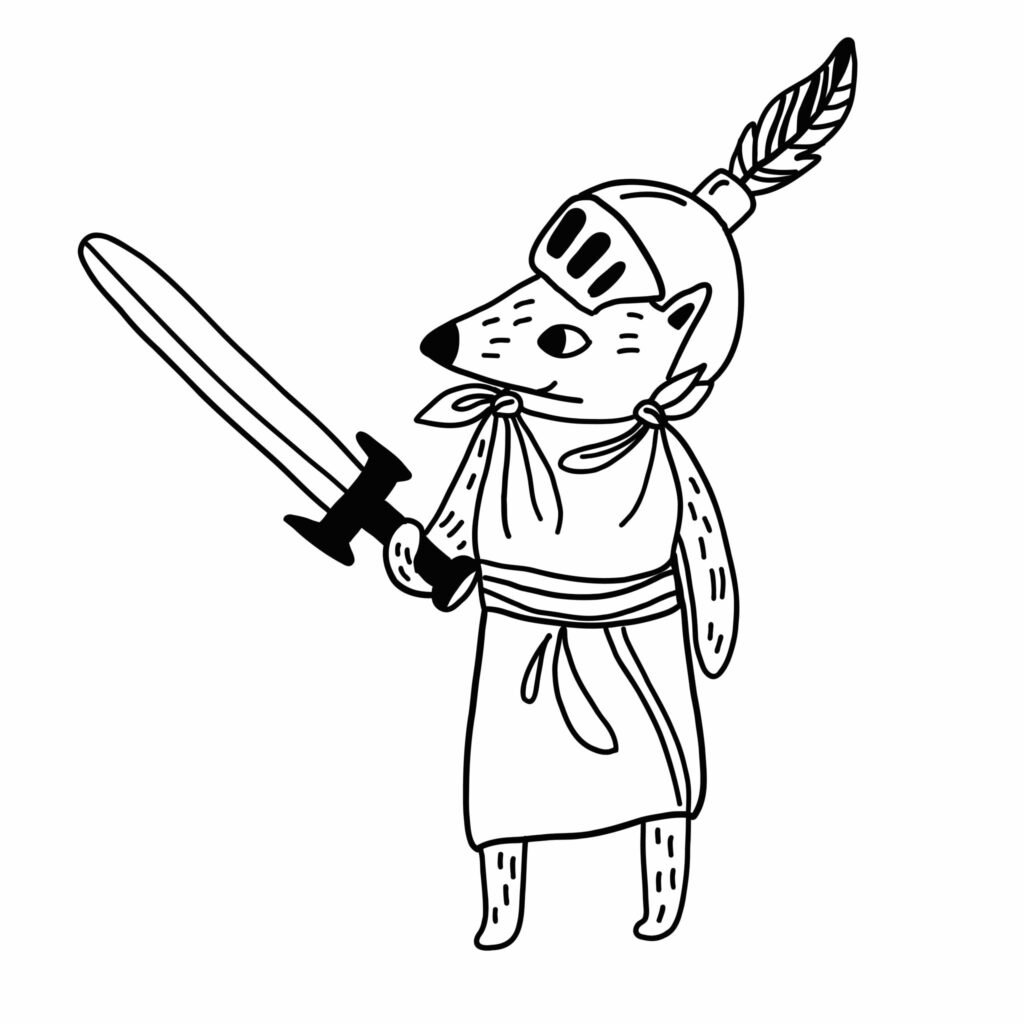It’s tempting to think of dance as a talent, or a natural gift that some children can do and others can’t. But dance is something all children can enjoy, regardless of their ability. It can also feed into and cement many aspects of learning and development.
The developmental benefits of dance for preschoolers
Dance offers a myriad of benefits that contribute to your child’s overall development. Here are some key advantages:
Gross Motor Skills:
Through dance, your child will develop and refine their gross motor skills, including balance, coordination, agility, and physical fitness. Dancing involves jumping, spinning, and leaping, which enhance their control over larger muscle groups.
Cognitive Development:
Participating in dance routines and sequences helps improve your child’s cognitive skills. They learn to remember and recall dance moves, recognize patterns, and develop spatial awareness. These cognitive abilities support academic learning and problem-solving skills.
Creative Expression:
Dance provides a platform for your child to express themselves creatively. It encourages them to explore their emotions, ideas, and imagination through movement, gestures, and facial expressions.
For one thing, dance isn’t just about moving to music. For the very young it’s about learning to move in new and interesting ways. Rhythm is a separate aspect of dance, and young children don’t have the co-ordination for it (hence all that jumping up and down on the spot at the birthday party). With the under 5s, dance is less about rhythm than creative movement. Can you move like a snake? An elephant? A penguin? Moving like animals is a great way to introduce children to dance. Imagining themselves to be a prowling cat or a prancing pony encourages them to think creatively about movement.
Social and Emotional Development:
Listening carefully, following instructions and taking turns are central to dance – and to life.
Dance also helps children express and interpret emotions through movement.
Can you move in an angry way? A happy way? A bored way? Experiencing these movements with their whole bodies makes children better able to describe them later on in writing – and in real life.
Rhythm and Musicality:
Engaging in dance develops your child’s sense of rhythm and musicality. Moving to different beats and rhythms in music enhances their ability to perceive and respond to auditory stimuli. This rhythmic awareness positively impacts language development and music appreciation.
Dance Activities for Preschoolers at Home
You can easily incorporate dance activities into your daily routine at home. Here are some ideas to get you started:
Dance Party:
Host a dance party in your living room! Play your child’s favourite songs and encourage them to move and groove to the music. Dancing together as a family promotes bonding and creates joyful memories.
Follow the Leader:
Take turns being the leader and create simple dance moves for your child to imitate. This game enhances their listening skills, coordination, and ability to follow instructions.
Scarf Dancing:
Give your child a colourful scarf to dance with. They can twirl, wave, and move the scarf in response to the music, encouraging creativity and spatial awareness.
Storytelling Dance:
Choose a favourite storybook and ask your child to act out the characters or events through dance. This activity combines storytelling, imagination, and movement.
Ballet: Is it Appropriate for Preschoolers?
Ballet is a classical dance form that can be introduced to preschoolers. While it may not be a formal training at this stage, ballet can benefit preschoolers by enhancing their posture, grace, discipline, and body awareness. It encourages self-expression and builds a foundation for future dance exploration.
Dance and wider learning
How do you move around the dance floor? In lines? In circles? Twisting and zig-zagging? Have you seen any of these movements before? Of course, in schema play. Joining, moving in parallel, going straight or turning mirror the graphic schemas that lead to letter formation and drawing. Dance can be simple and fun but it tackles some big ideas.
What if my child doesn’t like to dance?
Dancing is fun but it’s not for everyone. Martial arts, gymnastics, yoga, or even team sports are all great alternatives. They press many of the same developmental buttons, promoting gross motor skills and creative expression.




